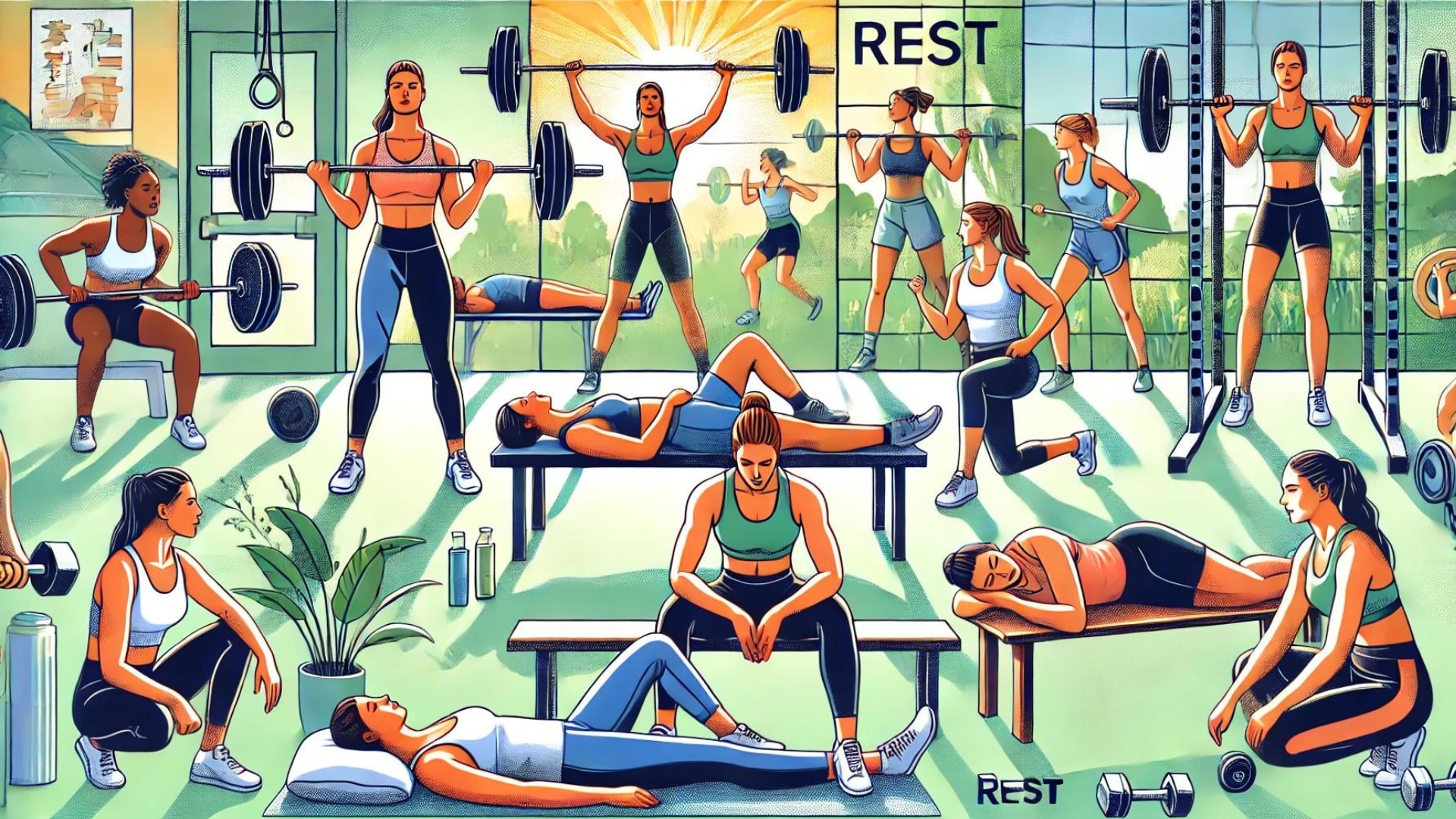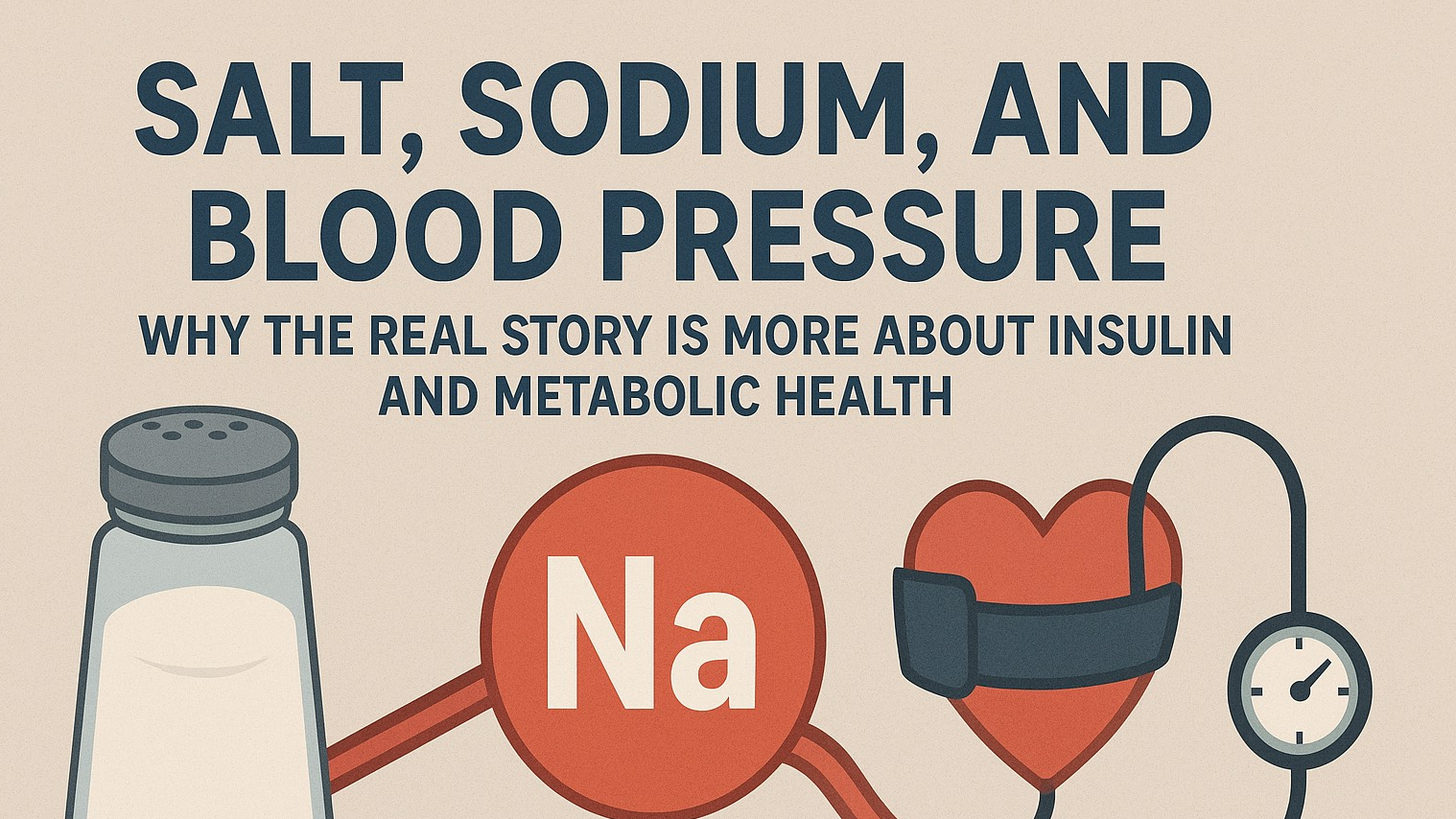
Hey there, powerful ladies! We often talk about pushing ourselves to new physical and mental heights, training our minds to overcome challenges and our bodies to become stronger. But in the quest to become our best selves, there's one crucial element we sometimes neglect: rest.
The Journey of Training and Overtraining
When you first start your fitness journey, it might be tough to handle 2-3 sessions a week. But as you get stronger and fitter, you naturally want to do more. Before you know it, you're lifting heavier, running longer, and training more frequently. And then, boom! A nagging injury or a persistent cold hits, leaving you feeling weaker and less motivated.
This isn't just bad luck—it's a sign of under resting. Pushing your body without giving it time to heal can lead to overtraining, adrenal fatigue, or simply burnout. Your body gets "damaged" during each workout, and it's the rest that allows it to heal stronger. Without adequate rest, you're just piling on the damage without giving your body the chance to rebuild.
The Science of Rest and Recovery
Every workout creates tiny tears in your muscles, a normal part of building strength. As these tears heal, your muscles grow stronger—a process known as overcompensation. But here's the catch: without proper rest, your body can't complete this healing process, leading to increasing weakness and, eventually, injury or illness.
So, if you're hitting the gym hard but not taking enough time to recover, you're not getting stronger. You're just prolonging your injury or sickness. Listen to your body. When it signals for rest, give it what it needs.
Finding Balance: Active Rest
We get it—taking days off can feel frustrating, especially when you're on a roll. But rest doesn't mean you have to be a couch potato. Active rest can be just as beneficial. Here are some fun ways to stay active while giving your body the break it needs:
Walk: A leisurely stroll can do wonders.
Bike Ride: Enjoy a casual ride around the neighborhood.
Swim or Hike: Gentle, enjoyable activities that keep you moving.
Play: Engage in fun activities like playing with your kids, volleyball, or any sport you enjoy.
Avoiding the Overtraining Trap
Many athletes fall into the trap of thinking more is better. But adding too much volume can turn great training sessions into mediocre ones. It’s about quality, not quantity. Ensure each session is productive by giving your body time to recover in between.
Rest, Relax, and Reduce Stress
Rest isn’t just about physical recovery—it’s about reducing stress, too. Here are some tips to help you relax and rejuvenate:
Sleep More: Aim for 7-9 hours of quality sleep.
Eat Clean: Focus on balanced, nutritious meals.
Cut Down on Booze and Inflammatory Foods: Keep your body in top shape.
Laugh and Have Fun: Spend time with loved ones and enjoy life.
Play: Whether it's sports, games, or hobbies, make time for play.
Reduce Drama: Cut out toxic influences and focus on positive relationships.
Limit Social Media: Spend more time reading and relaxing instead.
In Summary
Remember, rest is just as important as training. It’s the balance between the two that will lead you to success. Listen to your body, embrace active rest, and take care of your mental well-being. You deserve to be at your best, and that means giving yourself the gift of rest. Stay strong, stay healthy, and most importantly, stay balanced!
 Add Row
Add Row  Add
Add 










Write A Comment